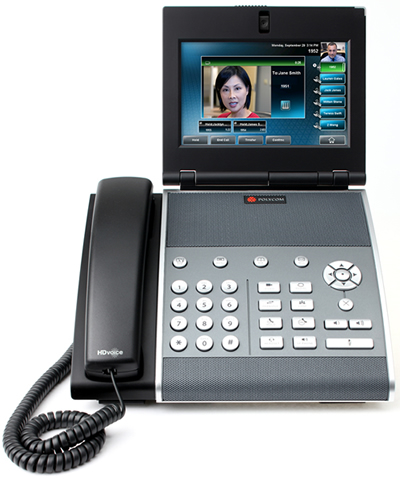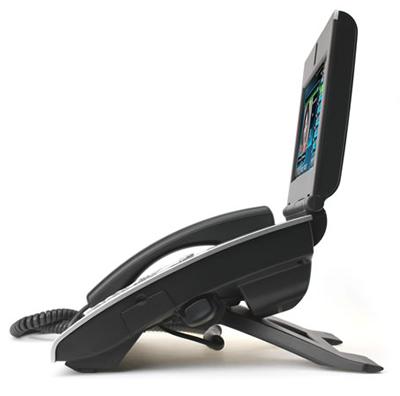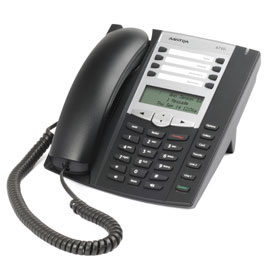VoIP minute usage up slighty last quarter
iLocus (one of my favorite places to grab in-depth analysis of the VoIP markets) released some new figures yesterday on the VoIP market.
According to their research:
- Local VoIP minute usage grew by 7% from Q3 08 to Q4 08 (est 107. 2 billion minutes)
- International long distance (ILD) minutes showed a small pull-back in Q4 08 (est 22.5 billion minutes)
- National long distance (NLD) minutes showed a continued increase reaching an estimated total of 298.1 billion minutes
The growth in the local VoIP minute usage is likely attributed to the success of the cable companies with their digital home phone service offerings. While 7% wouldn’t wow anyone in a normal economic environment, given that most markets have lost 20 – 30% of the top in recent months, any growth is good.
iLocus attributes the decline in international long distance to consolidation in the wholesale ILD service provider space. One could also agrue that the economy is at play since people are likely cutting back on more costly ILD calls.
The steady growth in NLD VoIP minutes is attributed to the wireless carriers growing use of IP networks. Given that most VoIP providers (both consumer and business) have continued to grow in the face of the recession some of the total growth must be attributed to the migration to VoIP as a low cost alternative.
While Q408 wasn’t as stellar as many quarters in the past it was certainly better then what many other sectors can claim.





